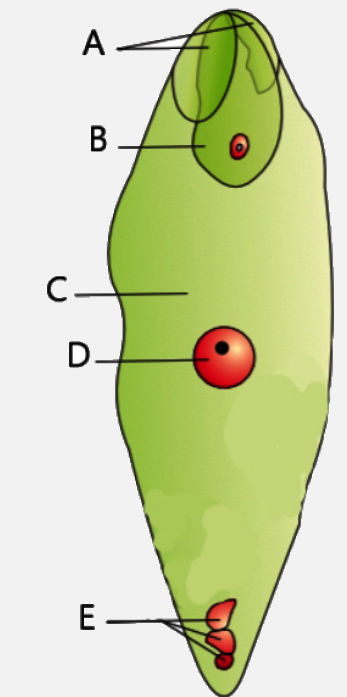These questions are based on the diagram given below:

What is the sum of the numbers which belong to two figures only?
A
10
B
14
C
18
D
None of these
Video Solution
Text Solution
The correct Answer is:C
Numbers common to trapezium and triangle only ⇒ 4, 8.
Numbers common to square and trapezium only⇒ 6.
Therefore, sum of the numbers =4+8+6=18
|
Topper's Solved these Questions
- LOGICAL VENN DIAGRAMS BOOK - LUCENT PUBLICATIONCHAPTER - LOGICAL VENN DIAGRAMS EXERCISE - EXERCISE -3
25 Videos
- LOGICAL VENN DIAGRAMS BOOK - LUCENT PUBLICATIONCHAPTER - LOGICAL VENN DIAGRAMS EXERCISE - EXERCISE -4
3 Videos
- LOGICAL VENN DIAGRAMS BOOK - LUCENT PUBLICATIONCHAPTER - LOGICAL VENN DIAGRAMS EXERCISE - EXERCISE -1
51 Videos
- LOGICAL DEDUCTION BOOK - LUCENT PUBLICATIONCHAPTER - LOGICAL DEDUCTION EXERCISE - EXERCISE-5
55 Videos
- MATHEMATICAL ABILITY AND REASONINGBOOK - LUCENT PUBLICATIONCHAPTER - MATHEMATICAL ABILITY AND REASONINGEXERCISE - EXERCISE (Type-VI: Puzzle Based Problem)
22 Videos
Similar Questions
Knowledge Check
These questions are based on the diagram given below:

Multiply the numbers which belongs to the square only with the sum of the numbers which belong to the trapezium only. What is the result ?A45B60C75DNone of theseThese questions are based on the diagram given below:

Multiply the number which belongs to all the three figures with the sum of the numbers which belong to the triangle only. What is the result?A14B35C49DNone of theseThese questions are based on the diagram given below:

Which number is inside all the three figures ?A2B6C7D8
Based on the diagram given below , choose the correct statement from the following .

View SolutionStudy the diagram given below and answer the following questions.

View SolutionExamine the diagram given below and identify the angiosperms family to which it belongs to.

View SolutionStudy the given figure and answer the following question.

What is the sum of numbers which belongs to the rhombus but not the rectangle ?
View SolutionDirection: Answer the questions based on the information given below: 654 483 635 928 519
If first and third digits of each number are interchanged then what is the sum of the highest and the second lowest number thus formed?
View Solution


